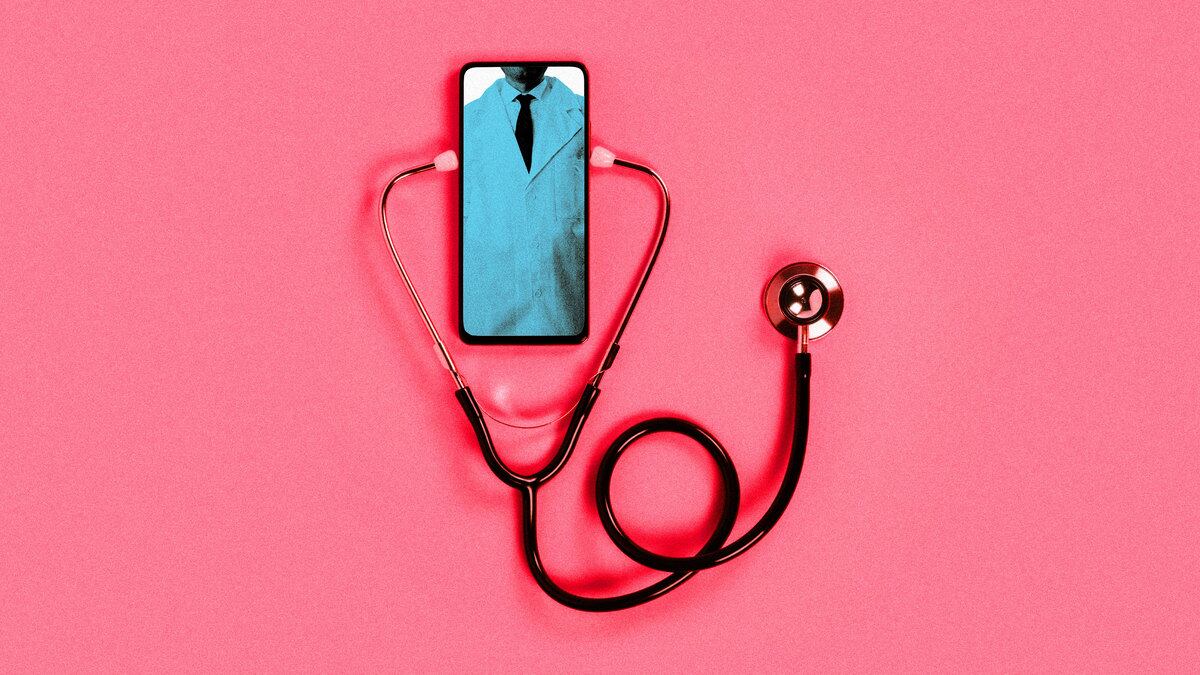Medication abortions via telehealth now account for up to 16 percent of abortions nationwide, according to a new report published ahead of a Supreme Court decision that could make the procedure much more difficult to access.
Under current FDA policy, doctors can remotely prescribe a two-pill regimen to abortion patients early in their pregnancies and ship the medication by mail. A report out Tuesday from the Society of Family Planning found these prescriptions accounted for 13,770 abortions in September, or 16 percent of the national total.
The report also tabulated 14,110 telehealth abortions in July, the first month the researchers started delineating abortions provided by telehealth, and 14,060 in August. The number of total abortions in that time period ranged from 81,000 to nearly 89,000 per month—fewer than in previous reports, but more than in the time period before the Supreme Court overturned Roe v Wade.
“Telehealth abortion is now a central pillar in the abortion care landscape—and the continued availability of abortion care demands that we must ensure equitable access to this essential health care service,” said Dr. Ushma Upadhyay, a professor at the University of California, San Francisco and co-chair of the study, said in a statement about the results.
The Supreme Court, however, is set to hear arguments March 26 on a case that could severely curtail access to the procedure. The case, brought by the conservative activist group Alliance for Hippocratic Medicine, challenges policy issued by the FDA during the COVID-19 pandemic allowing the first drug in the regimen—mifepristone—to be prescribed remotely and shipped by mail.
The court temporarily blocked a Fifth Circuit Court of Appeals ruling that restricted access to the drug ahead of its ruling. But if it ultimately sides with the Alliance, it could drastically reduce the availability of telehealth abortion, even in states where in-clinic abortions remain legal.
The U.S. Department of Justice has urged the court to side with the FDA, arguing in a brief that mifepristone is widely proven to be “safe and effective,” and that “the loss of access to mifepristone would be damaging for women and healthcare providers around the nation.”
“For many patients, mifepristone is the best method to lawfully terminate their early pregnancies,” Solicitor General Elizabeth Prelogar wrote. “They may choose mifepristone over surgical abortion because of medical necessity, a desire for privacy, or past trauma.”
The new report is the result of the Society of Family Planning’s #WeCount initiative, which seeks to tabulate the number of abortions provided in the wake of the Dobbs decision overturning Roe. The survey uses data provided directly by abortion providers and state health departments to estimate the number of abortions provided monthly. It now includes data from providers who ship medication from states where the procedure is legal to states where it is not, using so-called “shield laws” that prevent them from being prosecuted in their home states.
Previous reports have found the number of reported abortions actually increased following the overturn of Roe, which researchers attributed to patients continuing to seek abortion in states where the procedure remains legal. The latest report continued to find “massive declines” in the number of abortions in the 14 states that banned the procedure, with compensatory surges in nearby states where it is still permitted.
“#WeCount shows that even when a state bans abortion, people continue to need and seek abortion care,” Alison Norris, #WeCount Co-Chair and professor at The Ohio State University’s College of Public Health, said in a statement.
“We can't let the overall consistent number of abortions nationally obscure the incredible unmet need and disastrous impact of abortion bans on people who already have the least access.”






